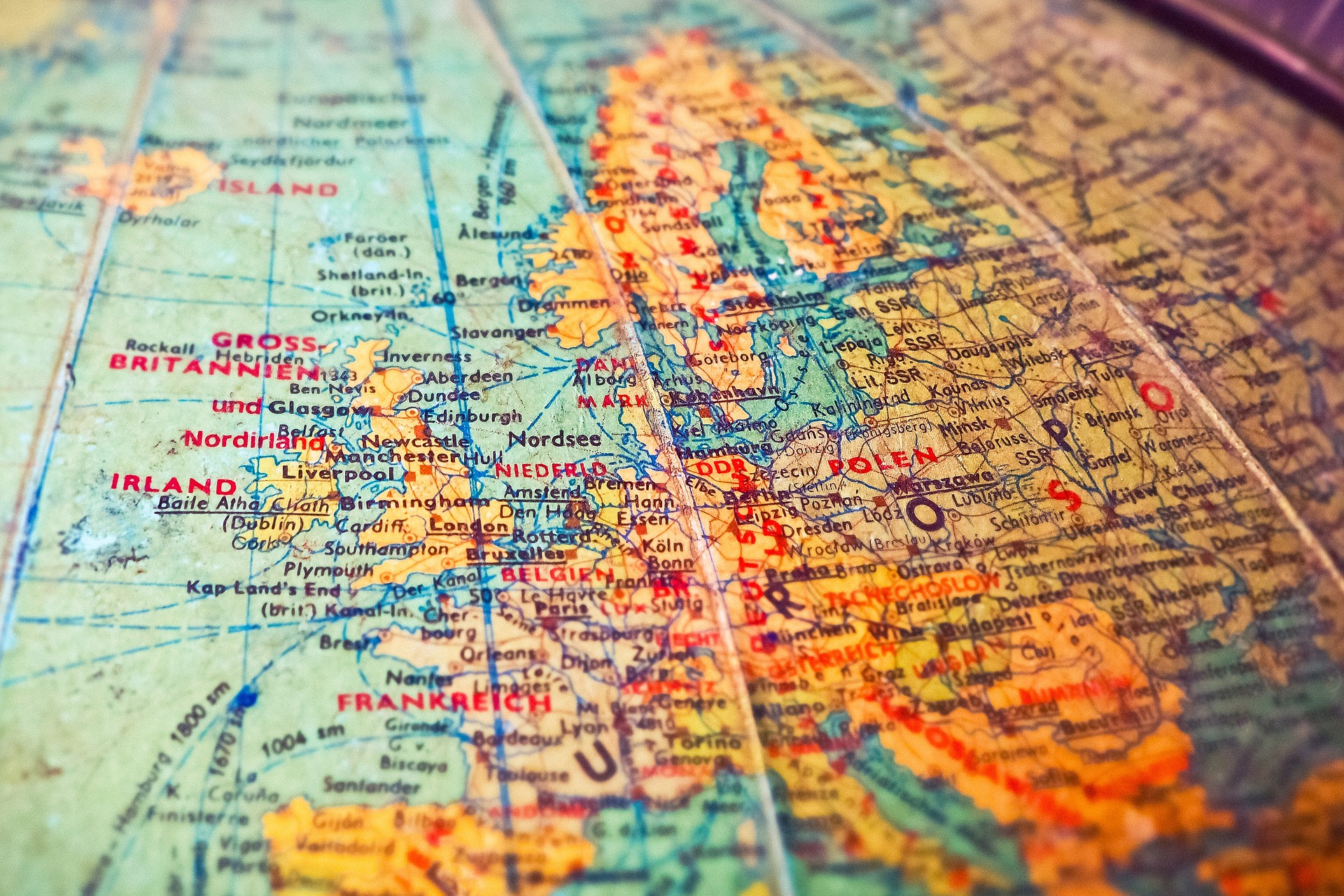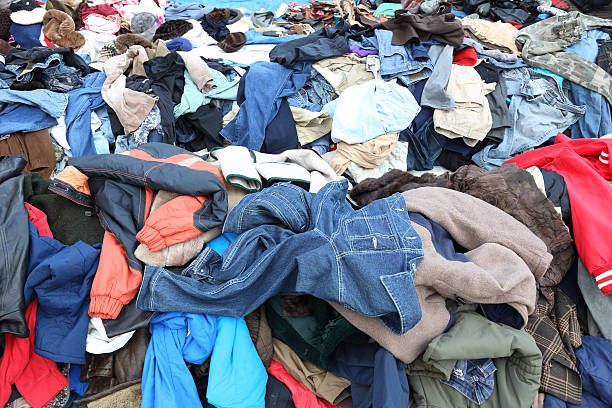Balancing Act: The Intersection of Public Health and Civil Liberties Amid a Pandemic
In an era marked by a global health crisis, understanding the delicate balance between public health measures and civil liberties has become vitally important. This article delves into the legal and societal implications of this balance, exploring historical context, current legislation, and potential future trends.

The Historical Context of Public Health and Civil Liberties
Public health law has a long history of prioritizing collective welfare over individual liberties. Contagious disease outbreaks, from the bubonic plague to smallpox, have often necessitated measures that restricted individual freedoms. For instance, quarantine laws were first enacted in Venice in 1377, during the height of the Black Death, setting a precedent for state intervention during public health emergencies.
The Evolution of Public Health Law
In the modern era, public health law has evolved, influenced by societal values, scientific advancements, and legal frameworks. The U.S. Constitution, for instance, does not explicitly refer to health; however, the government’s responsibility for public health has been inferred through the “police power” doctrine. This principle grants states the authority to enact laws to protect public health, safety, and morals, even if such laws may infric on individual liberties.
Civil Liberties vs. Public Health: The COVID-19 Pandemic
The COVID-19 pandemic has brought the tension between public health and civil liberties to the forefront. In an effort to curb the virus’s spread, governments worldwide have implemented measures like stay-at-home orders, business shutdowns, and mask mandates. These measures, while crucial for public health, have sparked debates about individual freedoms and state powers. Critics argue that such restrictions infringe upon civil liberties, such as freedom of movement and assembly.
Legal Implications and Societal Impact
From a legal perspective, the question is whether these public health measures are constitutionally valid. The answer often depends on whether the measures are deemed “reasonable” and “necessarily related” to public health objectives. Courts generally defer to public health authorities in these matters, given their expertise. However, this deference is not absolute, and legal challenges have emerged, questioning the constitutionality of certain measures.
From a societal standpoint, these measures have far-reaching implications. While they can protect public health, they can also exacerbate social and economic disparities. For instance, stay-at-home orders may disproportionately affect low-income individuals who cannot afford to work from home. Consequently, striking a balance between public health and civil liberties requires careful consideration of these broader societal impacts.
Looking Forward: Future Trends in Public Health Law
The COVID-19 pandemic has underscored the need for a more nuanced approach to public health law. Future trends may include legislation that better balances public health and civil liberties, as well as increased transparency and accountability in public health decision-making. As we navigate this new landscape, understanding the intersection of public health and civil liberties will remain crucial.
In conclusion, the balance between public health measures and civil liberties is a complex, evolving issue. It is a delicate dance, one that requires a nuanced understanding of historical context, legal implications, and societal impact. As we move forward, it is imperative that we continue to engage in informed, thoughtful dialogue about this critical intersection.




